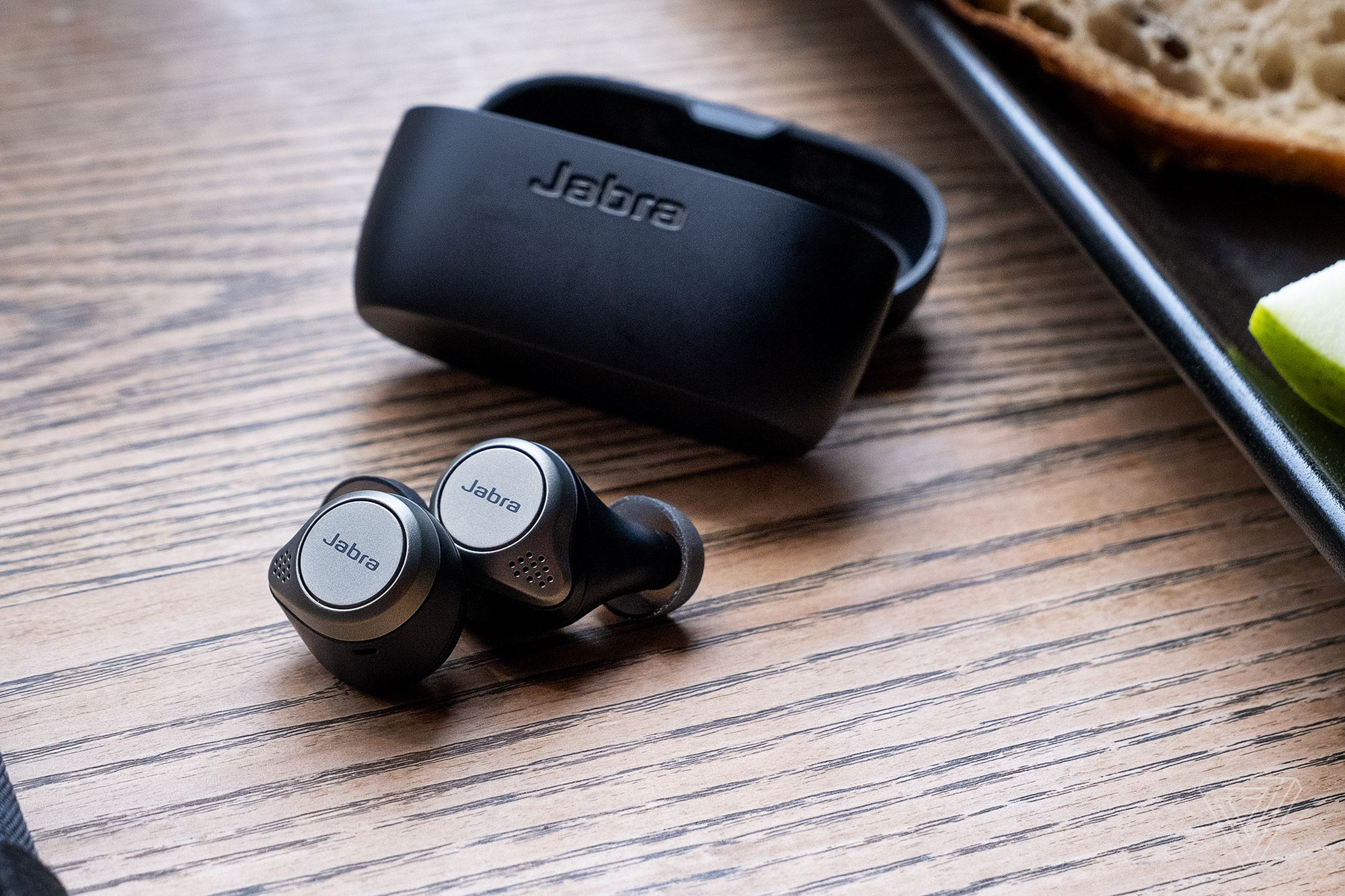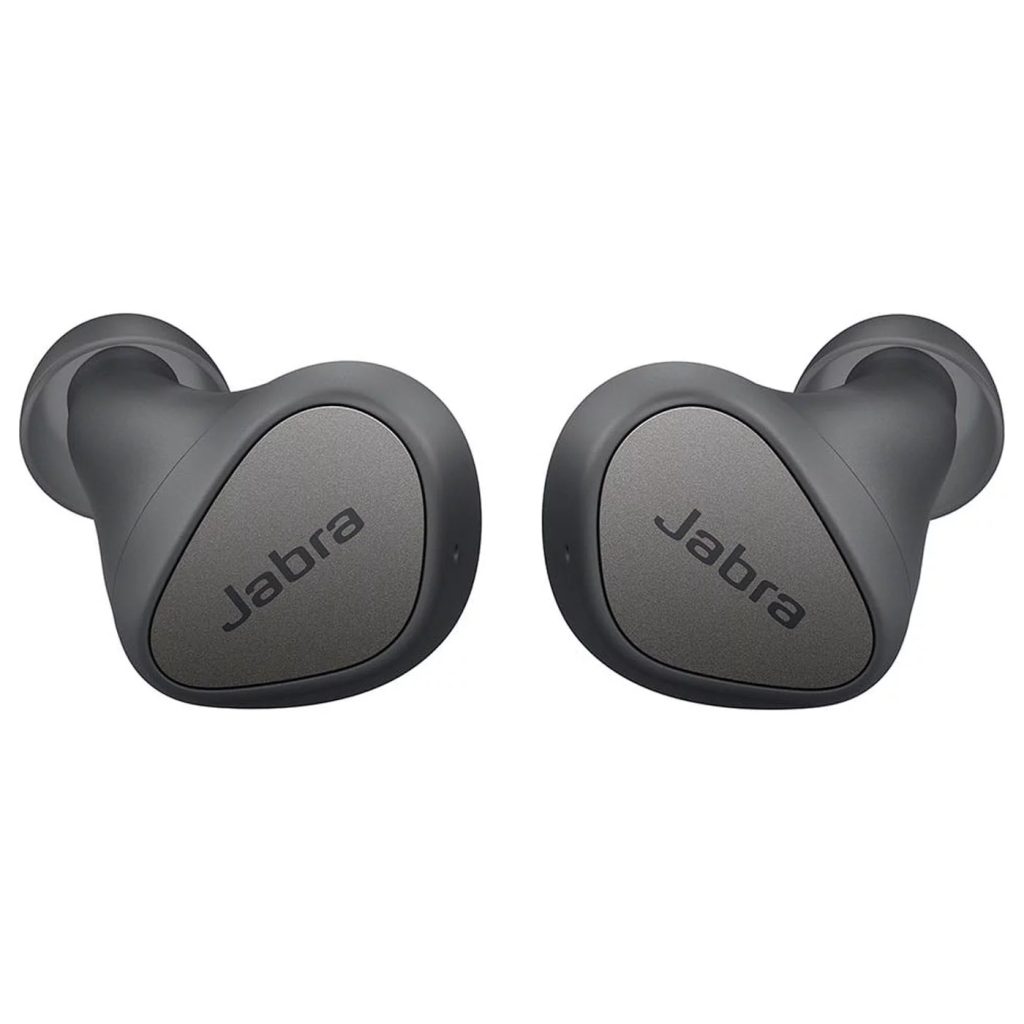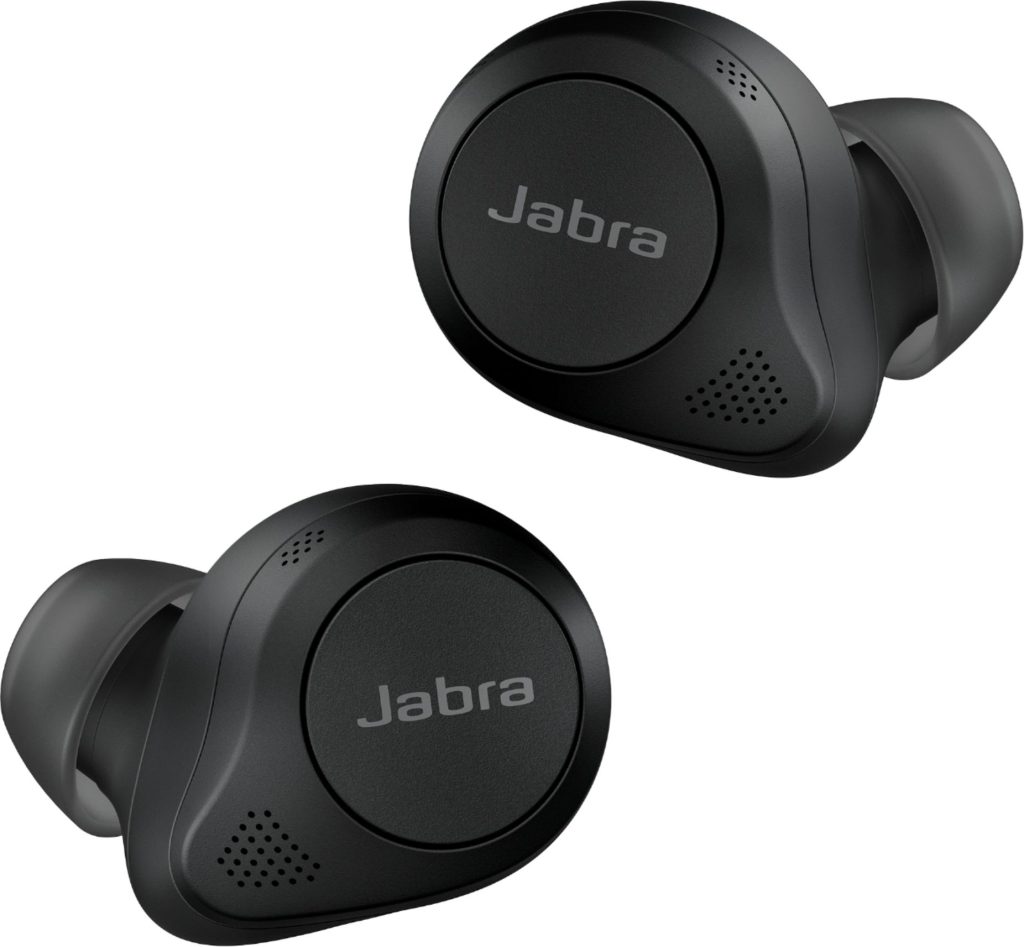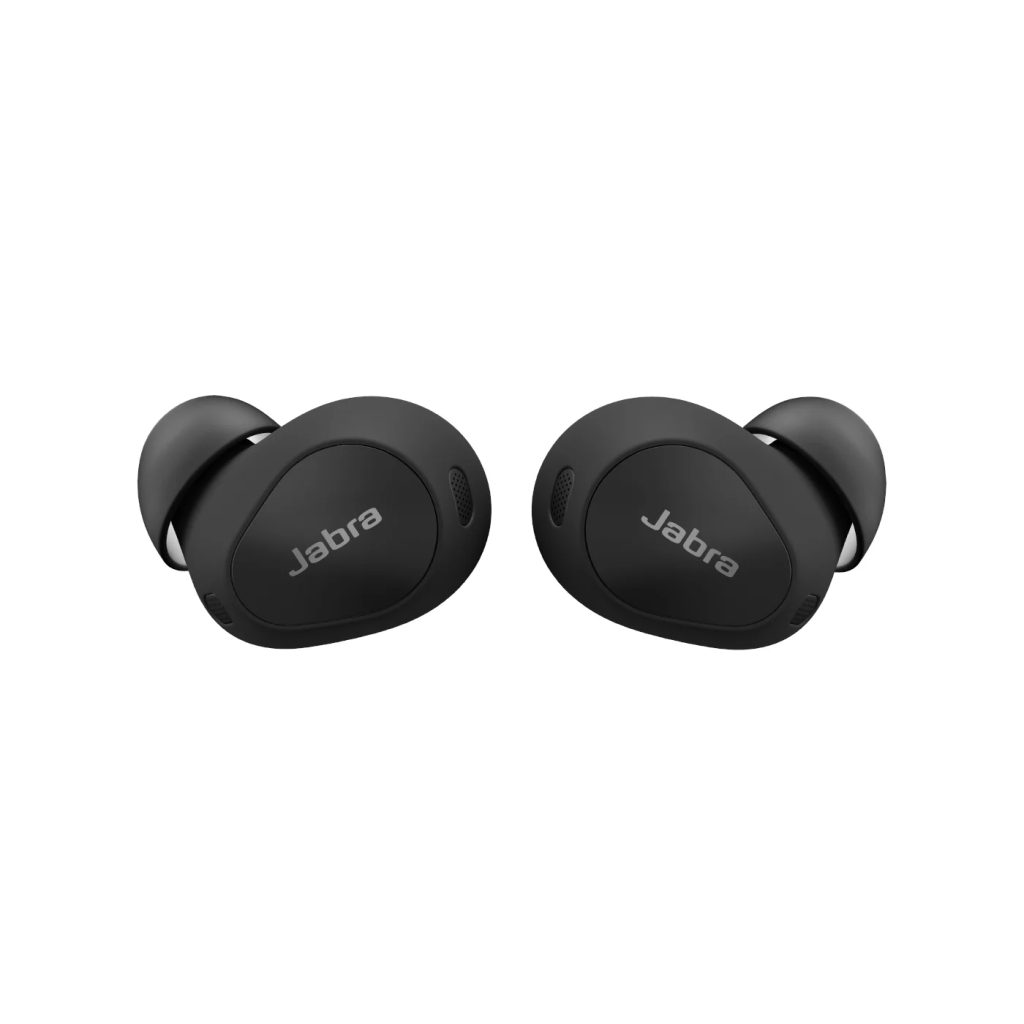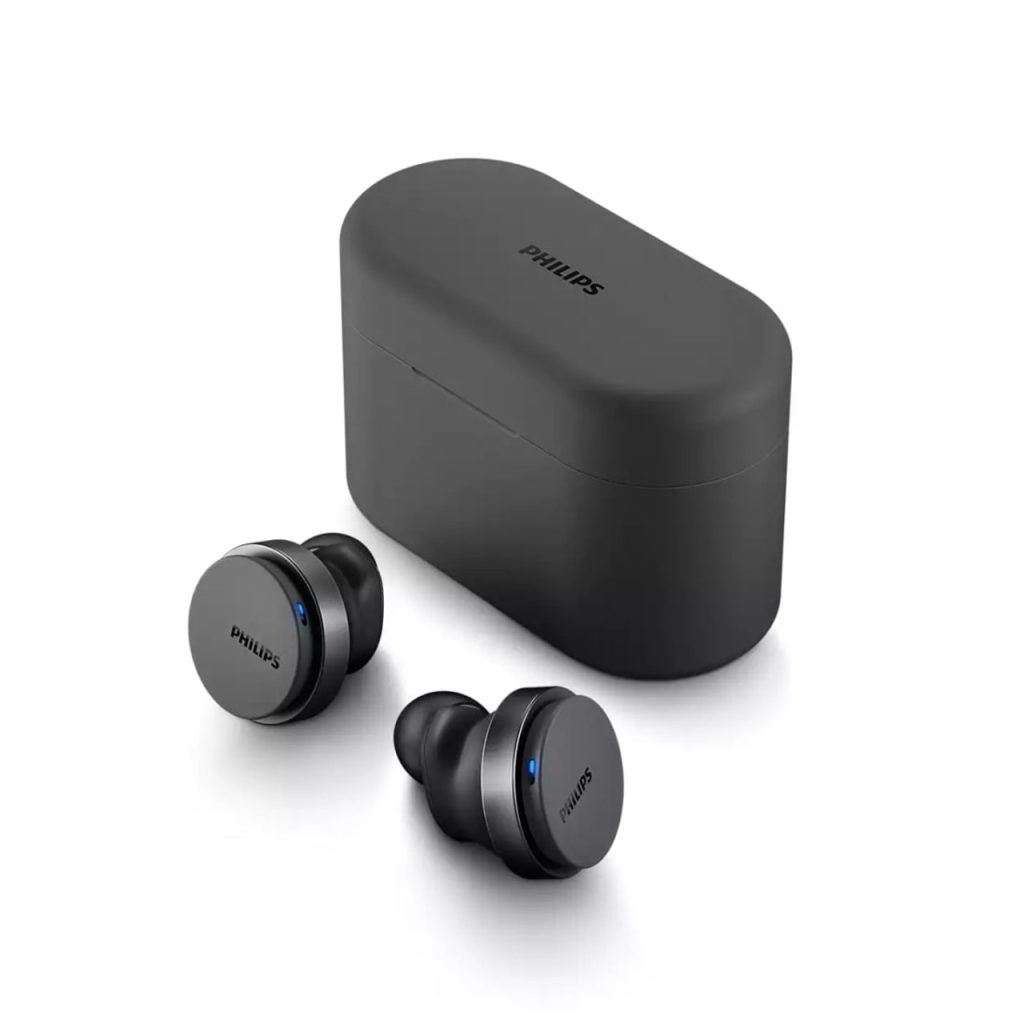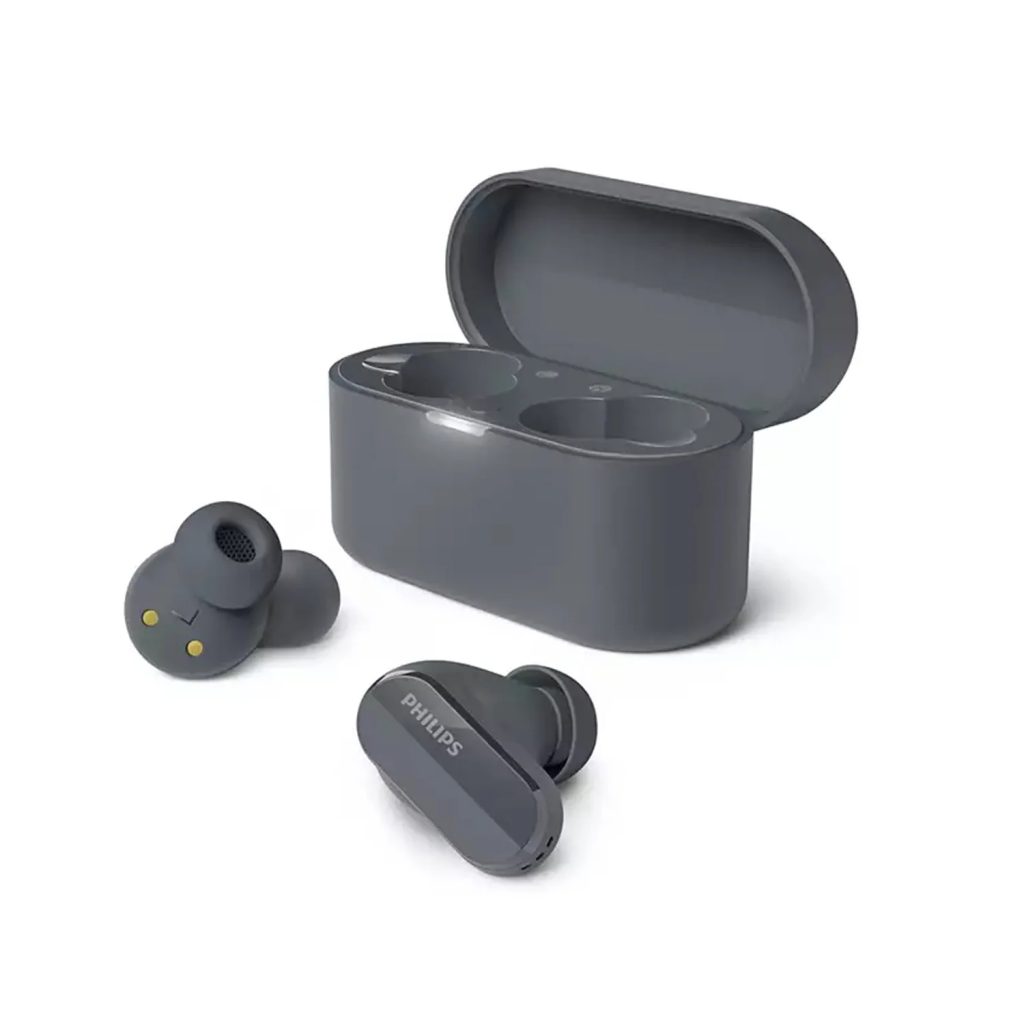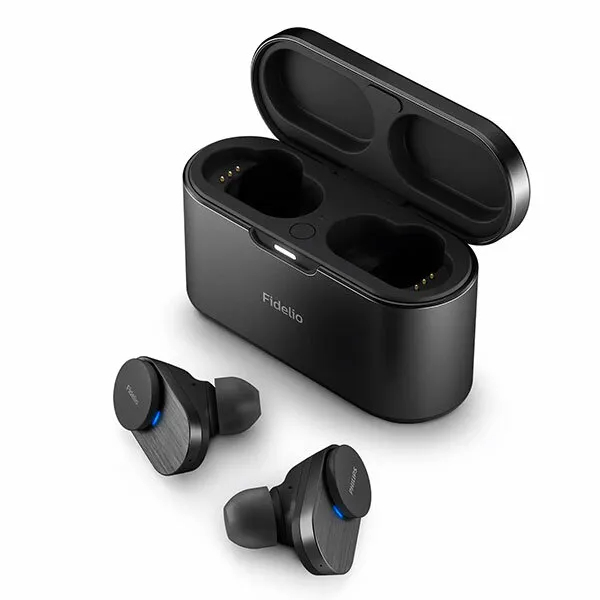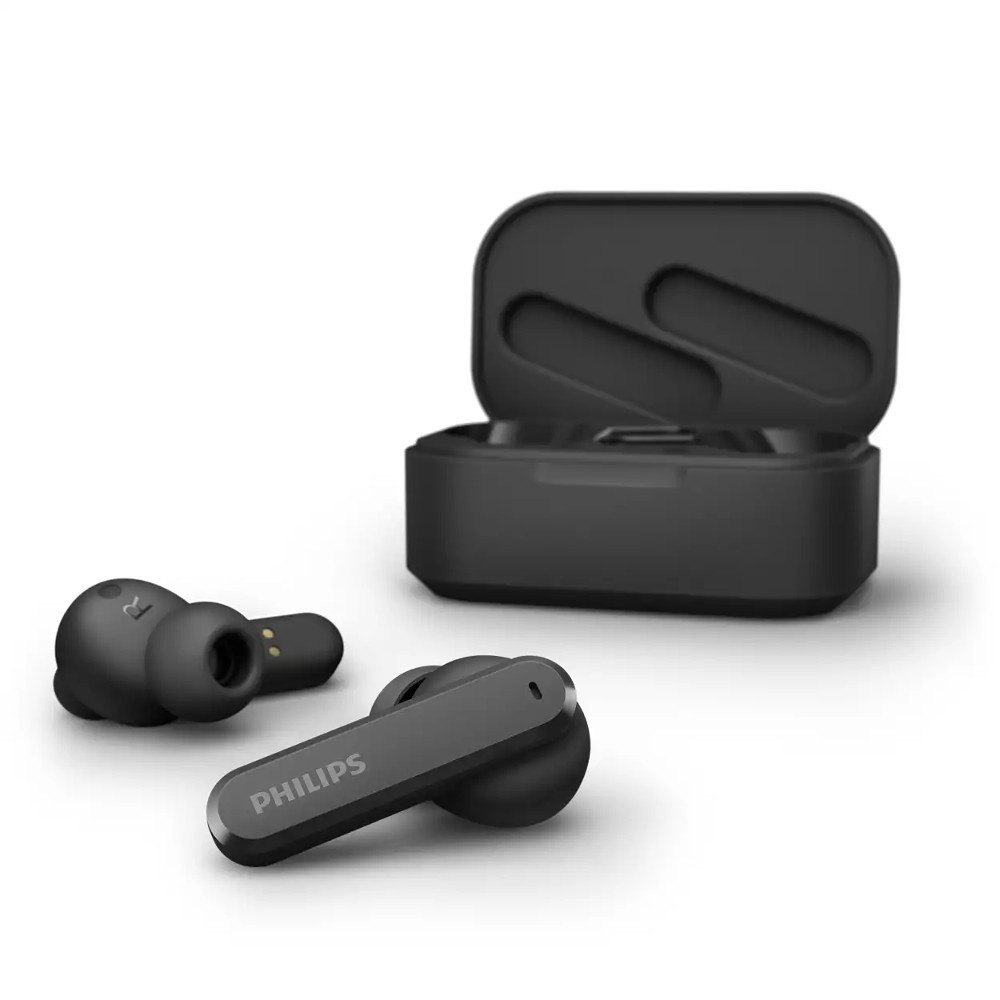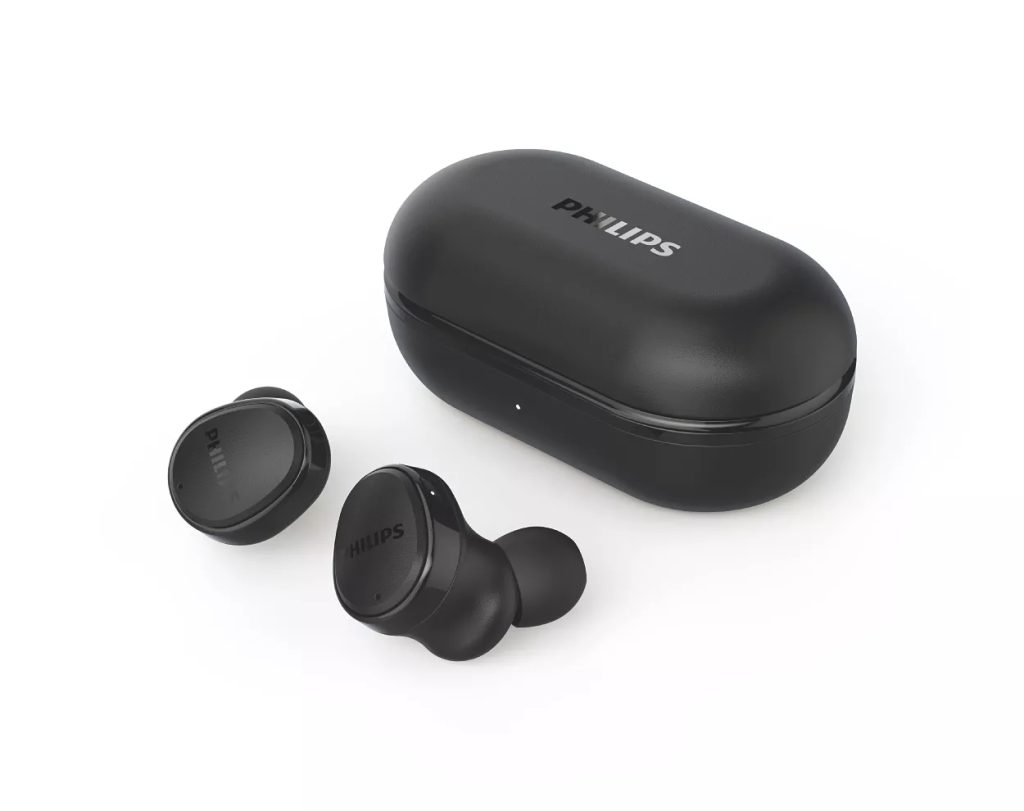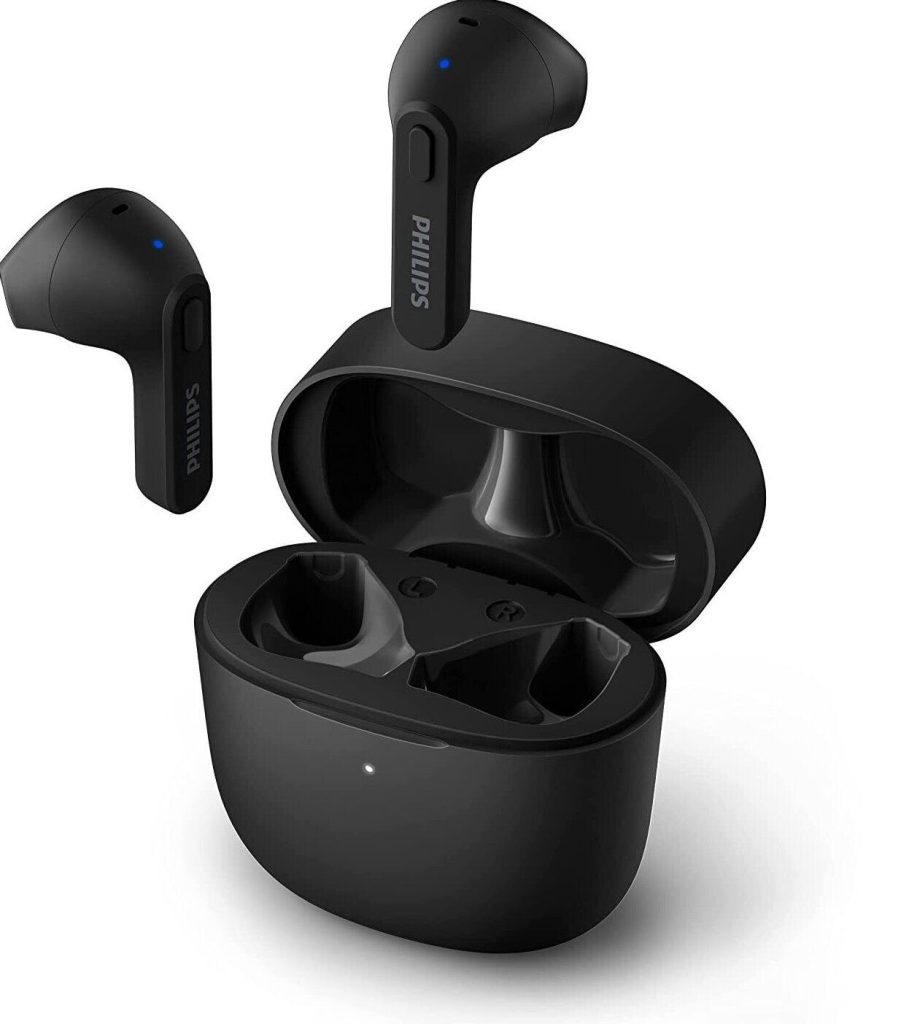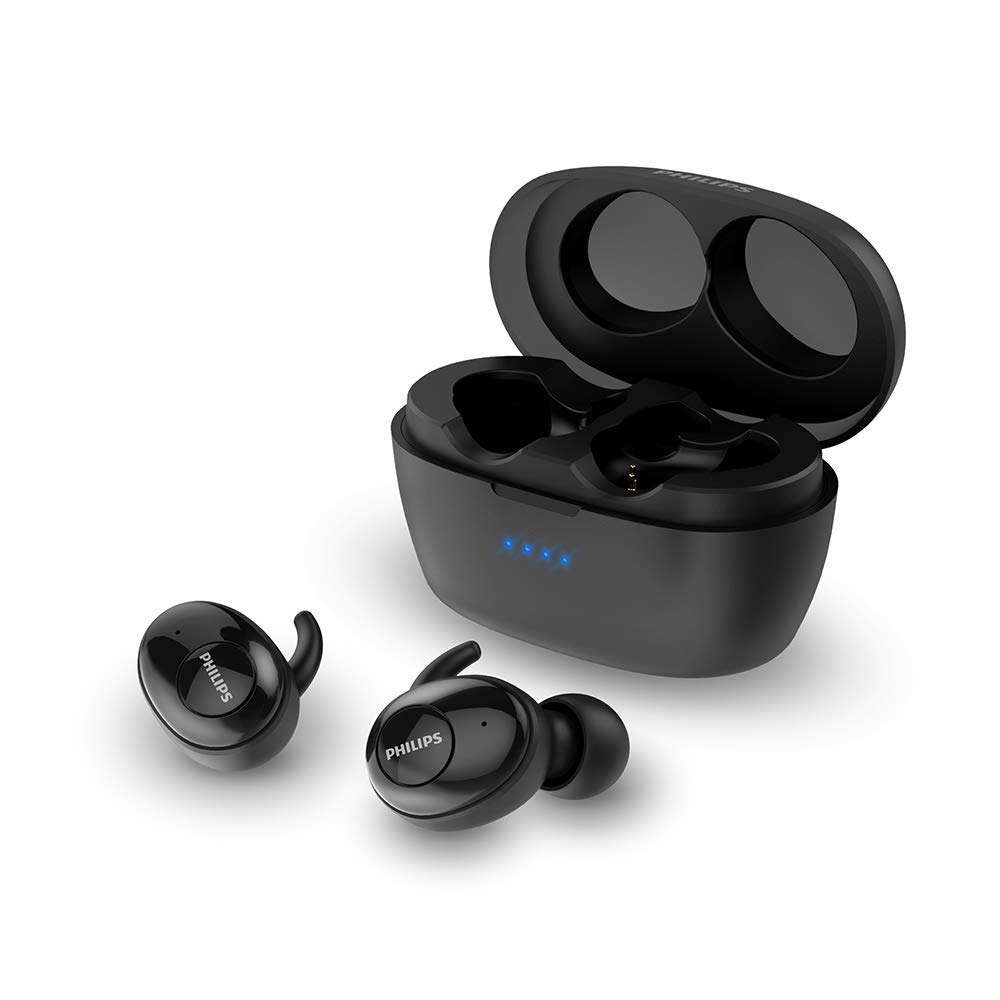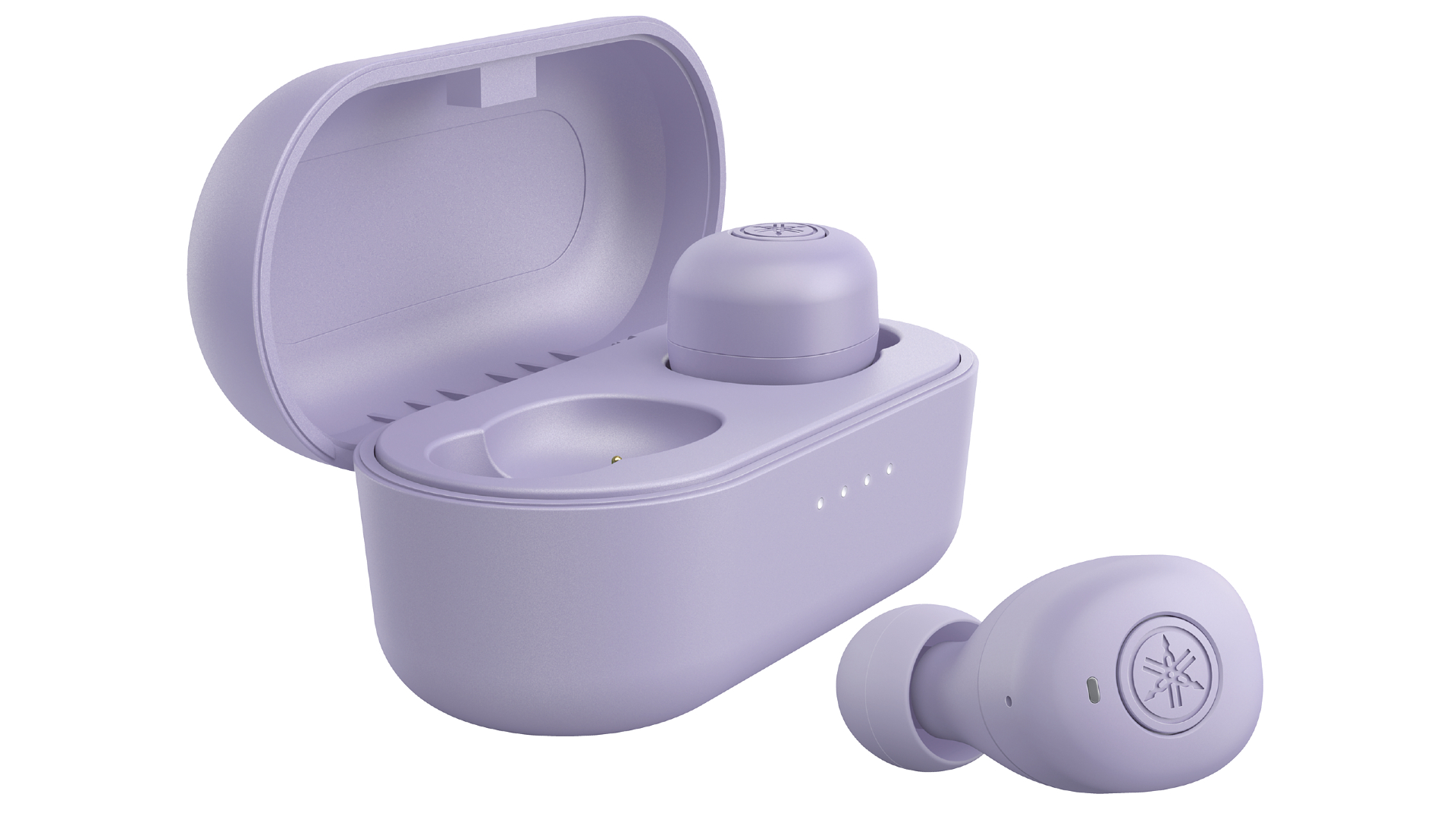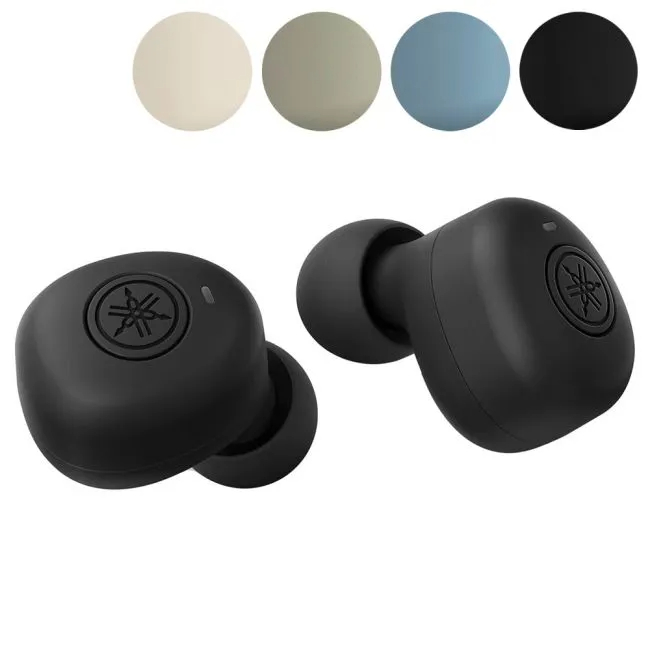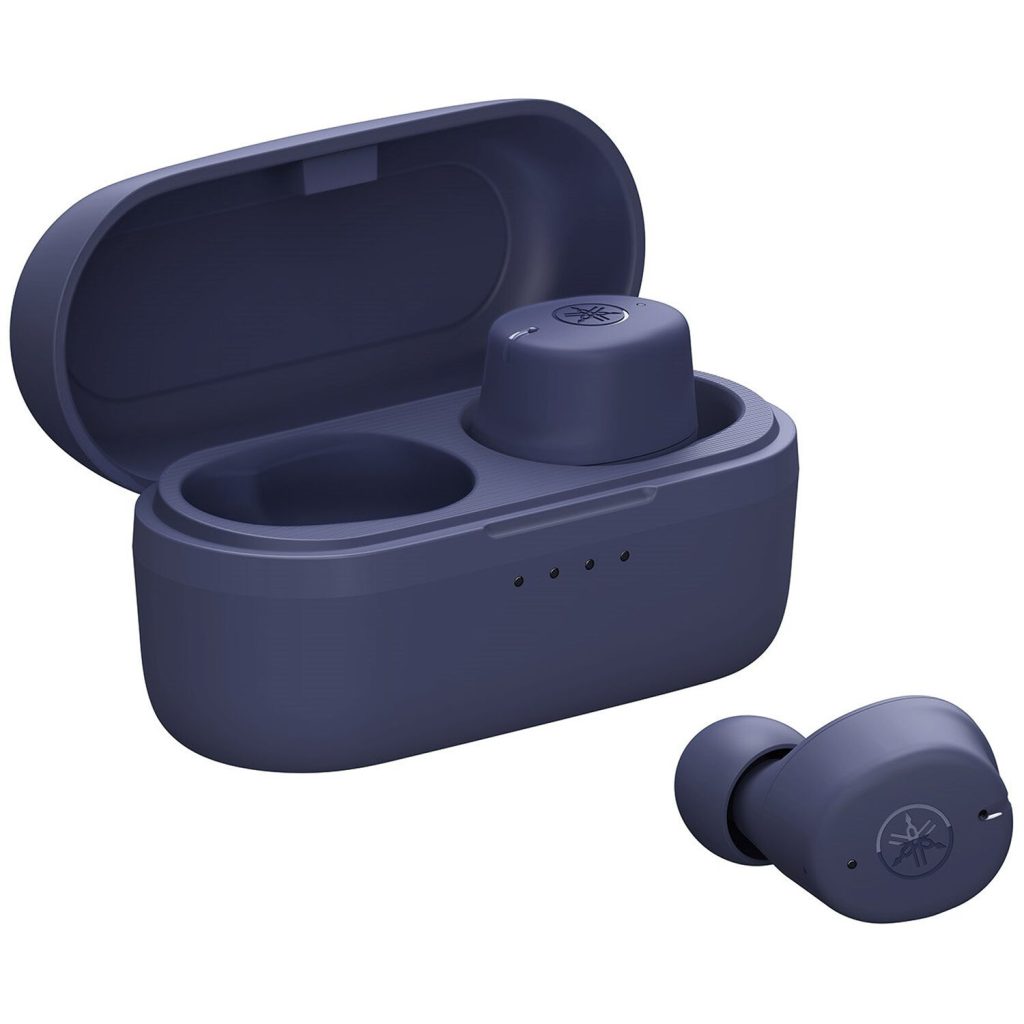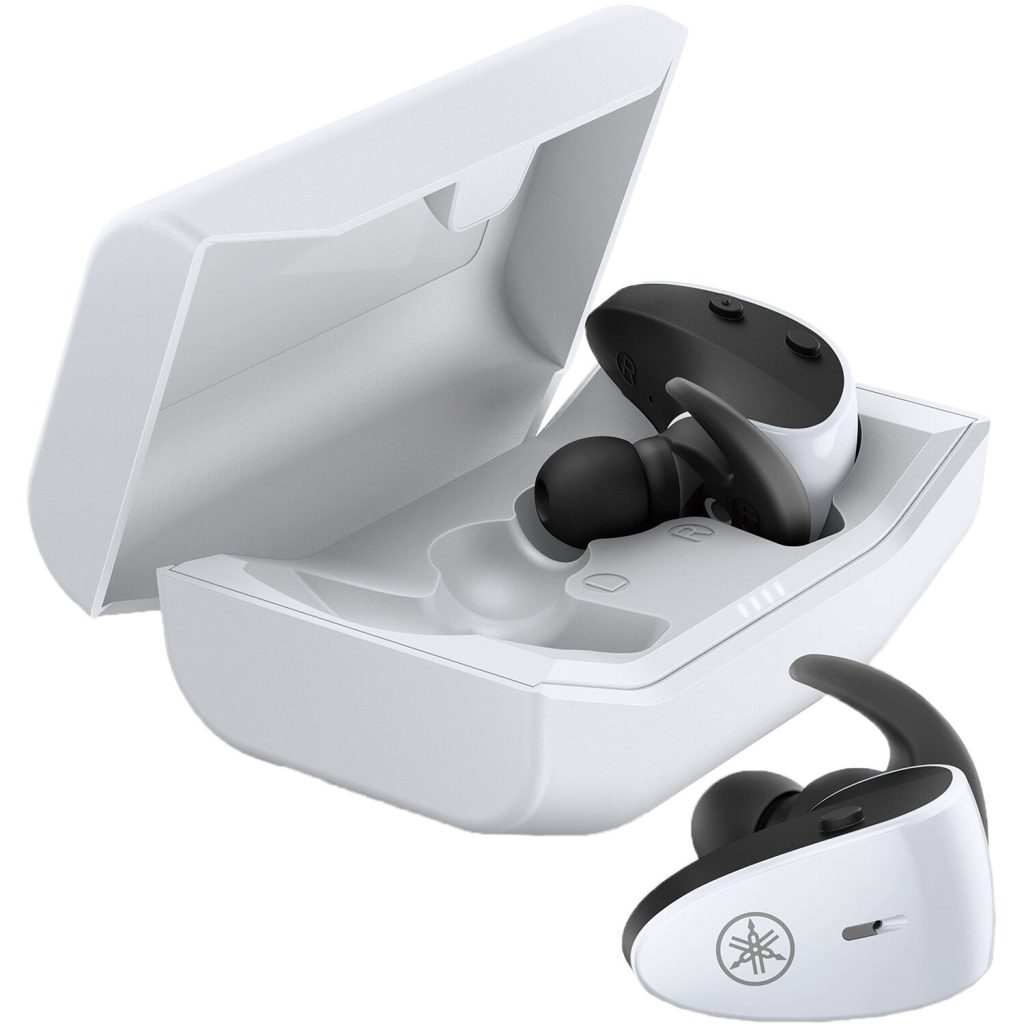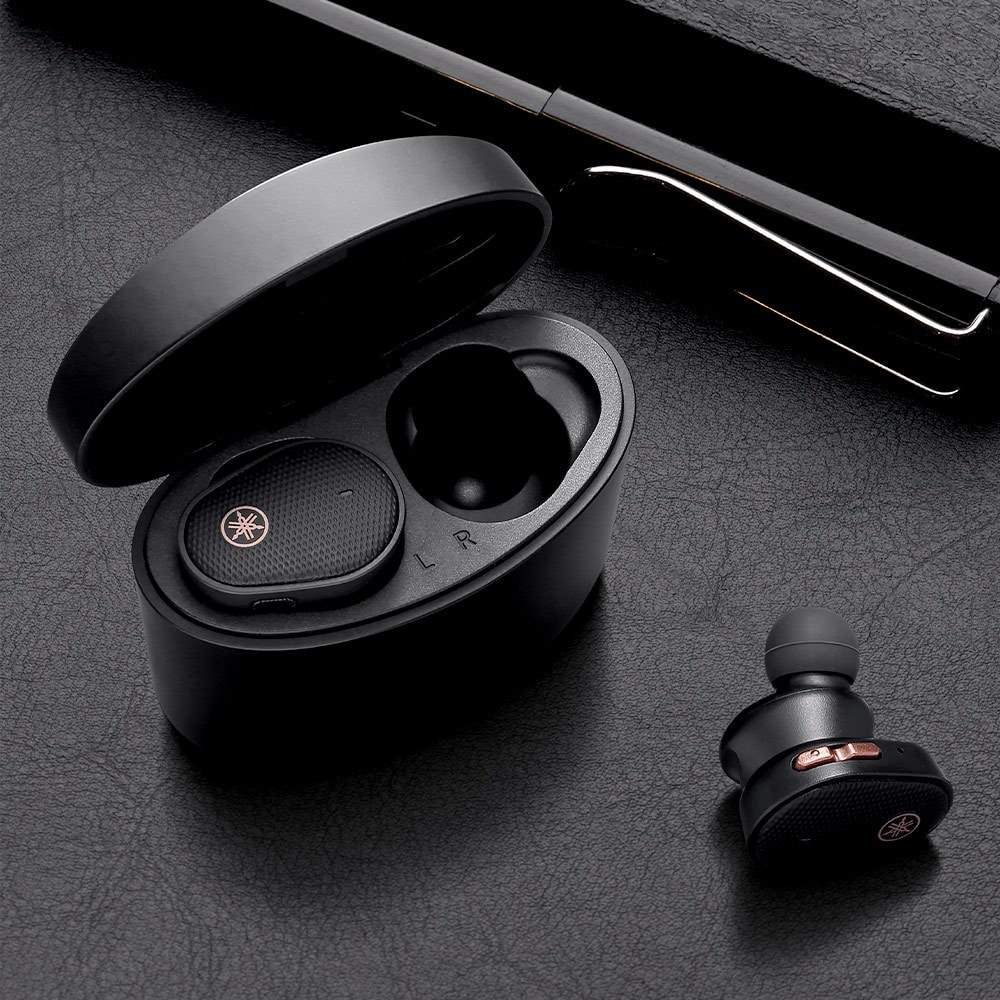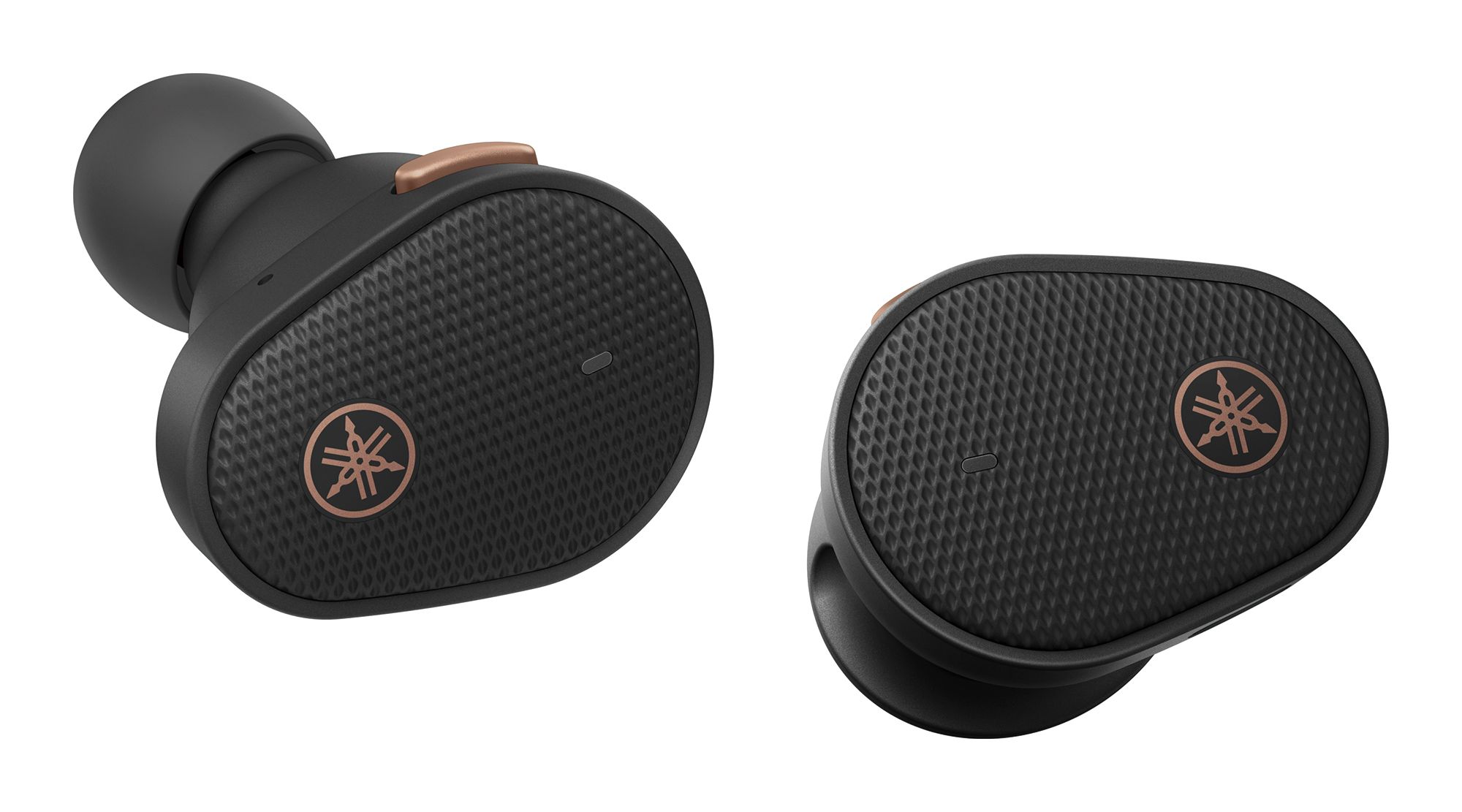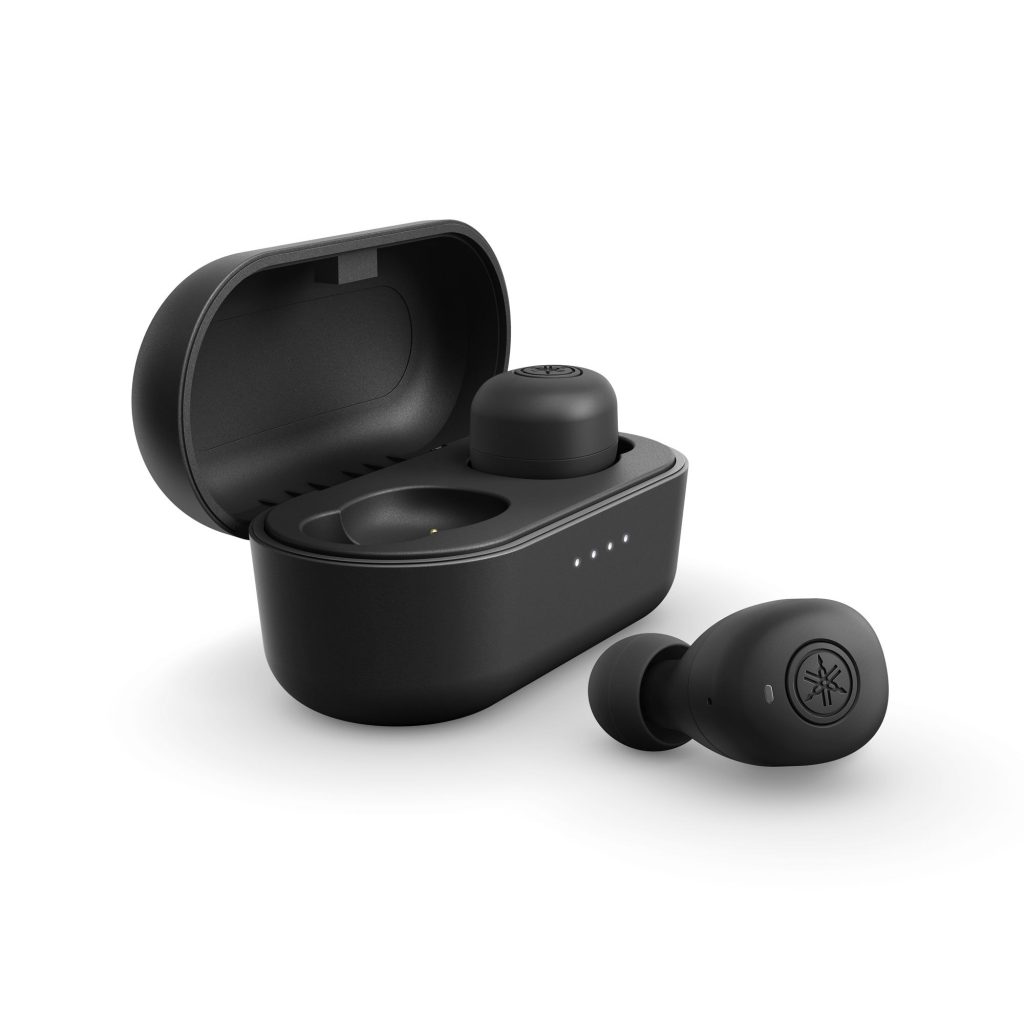Your Guide on How to Connect Jabra Earbuds to Your Device
Jabra earbuds are widely regarded for their exceptional sound quality, comfort, and state-of-the-art features. Connecting them to your device is a critical first step to enjoying a wireless audio experience. Whether you’re preparing for a focused workout session or settling in for a long commute, syncing your Jabra earbuds to your device is simple and straightforward. This guide will walk you through the process of connection, ensuring you can enjoy your favorite tunes or podcasts with ease.
Initial Setup for First-Time Use
Your Jabra earbuds come ready to pair right out of the box, but there are a few steps you should take to ensure they’re properly set up for the initial connection.
Charging Your Earbuds
Before attempting to connect your Jabra earbuds, make sure they are fully charged. Place the earbuds in the charging case and connect the case to a power source. Most Jabra earbuds have an LED indicator that will show when they’re charging and when the charge is complete.
Installing Companion Apps
Jabra offers a Sound+ app that can enhance your earbuds‘ functionality. While not required for pairing, the app provides access to additional features, personalization settings, and firmware updates. Download it from the App Store or Google Play Store before proceeding with the pairing process.
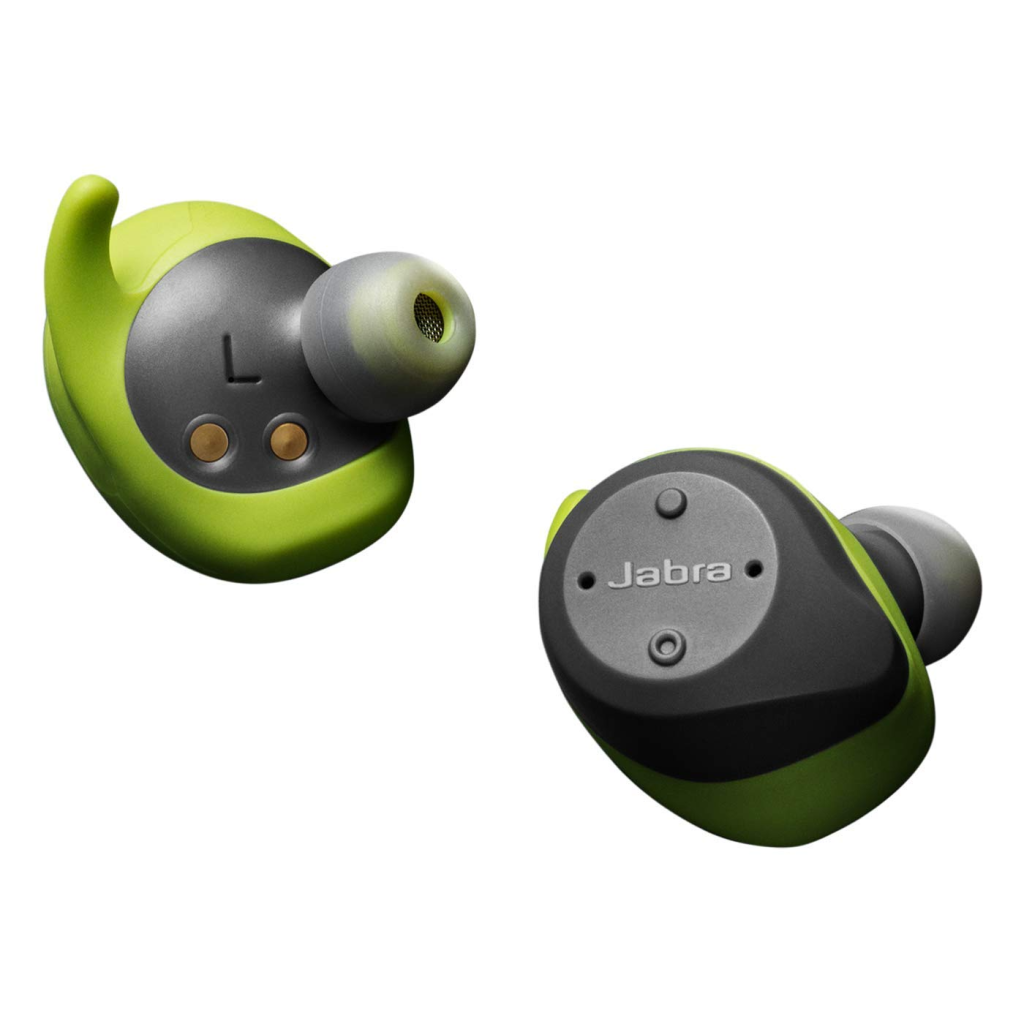
Connecting Jabra Earbuds via Bluetooth
Pairing your Jabra earbuds with a Bluetooth-enabled device is a simple process that generally follows the same basic steps across Jabra’s range of products.
Putting Your Earbuds in Pairing Mode
To pair your Jabra earbuds, first, take them out of the charging case to power them on. If the earbuds do not automatically enter pairing mode, press and hold the button on them as the user manual specifies until the LED indicator flashes blue, signifying they are ready for pairing.
Selecting Your Jabra Earbuds on Your Device
On your smartphone, tablet, or computer, navigate to the Bluetooth settings and make sure Bluetooth is on. Your device should search for nearby devices. Once your Jabra earbuds appear in the list, tap on them to connect. If prompted, confirm the connection on both the earbuds and your device.

Troubleshooting Connection Issues
Even with Jabra’s user-friendly interface, you may still encounter some issues when pairing. Here are some common problems and their solutions.
Earbuds Not Appearing in Bluetooth List
If your Jabra earbuds do not appear in the Bluetooth list, ensure that they are in pairing mode and close to the device. If they still don’t show up, try turning Bluetooth off and on again on your device, or restart the device altogether.
Connection Fails or Keeps Dropping
Should the pairing fail or if the connection drops intermittently, check for any firmware updates in the Jabra Sound+ app, as these can fix known issues. If the problem persists, reset your earbuds to factory settings following the instructions in the user manual, and try pairing them again.
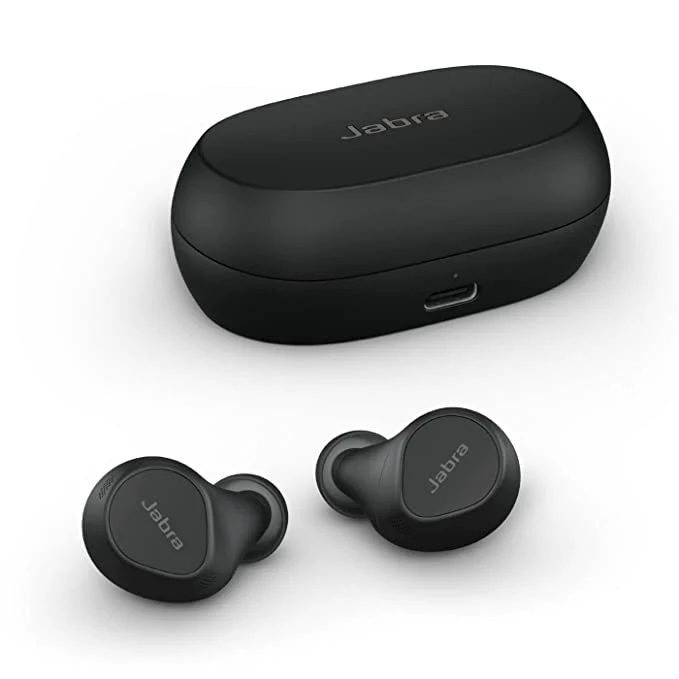
Getting the Most Out of Your Jabra Earbuds
After successfully connecting your Jabra earbuds to your device, you’ll want to maximize their performance and your enjoyment of them.
Personalizing Settings for Optimal Use
Use the Jabra Sound+ app to customize settings like equalizer preferences, call options, and HearThrough levels, which allow you to control how much external sound you hear. You can also set up voice commands and access other features that enhance your listening experience.
Maintaining Connection Stability and Earbud Health
To keep your connection stable, avoid having too many active Bluetooth connections in the vicinity. Also, take care of your Jabra earbuds by regularly cleaning the ear tips and storing them in their case when not in use. Ensure the earbuds’ firmware is up to date for the best functionality and sound quality.
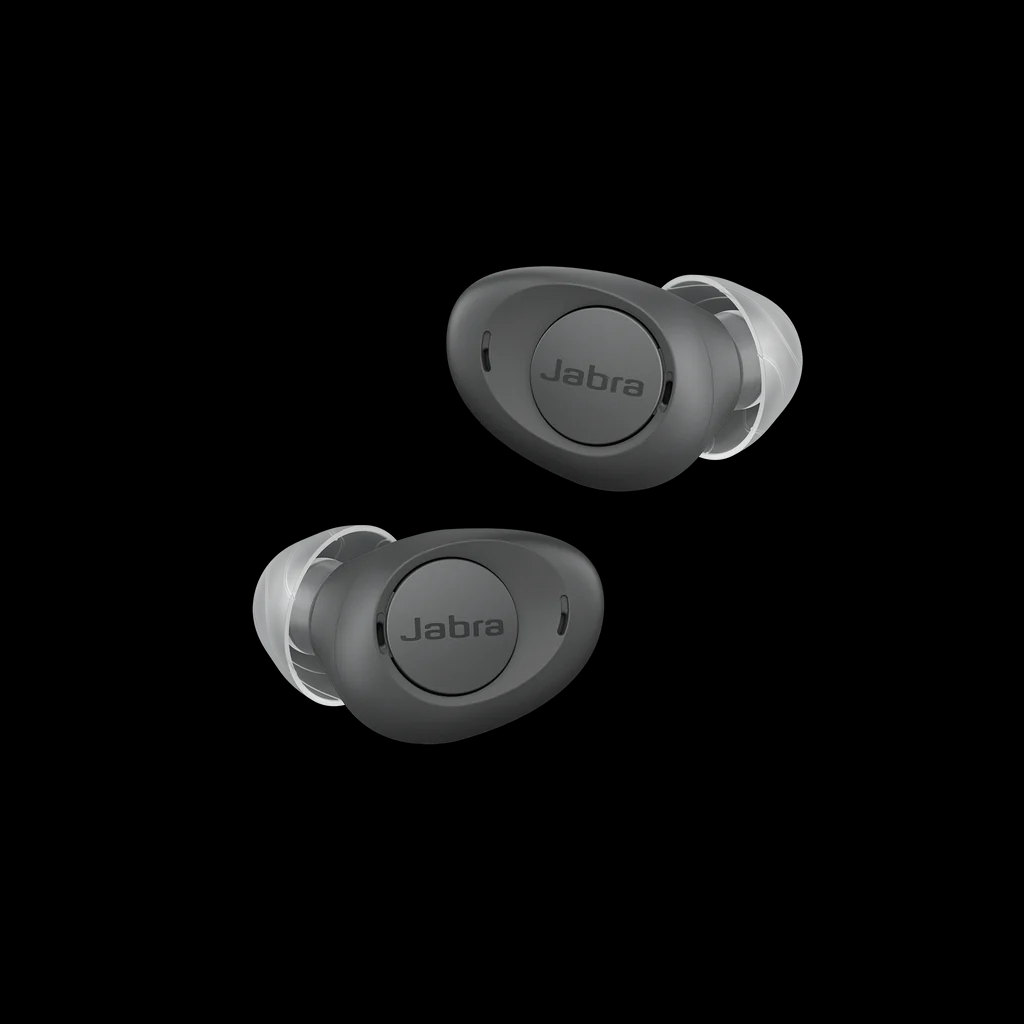
Enhancing Your Audio Experience
Once your Jabra earbuds are connected, it’s time to delve into the nuances that can transform your listening routine into a truly immersive experience. The Jabra Sound+ app is central to this, offering a myriad of customizable sound options.
Customizing Your Listening Profile
Jabra’s advanced sound settings allow users to create a personalized listening experience. Within the Sound+ app, you can find features like an equalizer to adjust bass, midrange, and treble levels to your preference. Additionally, Jabra’s MySound feature tailors audio according to your individual hearing profile, which can be set up by taking a simple in-app hearing test.
Making the Most of Active Noise Cancellation (ANC)
For models equipped with Active Noise Cancellation, such as the Jabra Elite 85t, you can adjust the ANC level directly from the app. This feature is invaluable in noisy environments, allowing you to block out distractions and focus solely on the clarity and detail of your music or calls. Conversely, the HearThrough setting can be activated when you need to be aware of your surroundings, making it a versatile option for both safety and convenience.
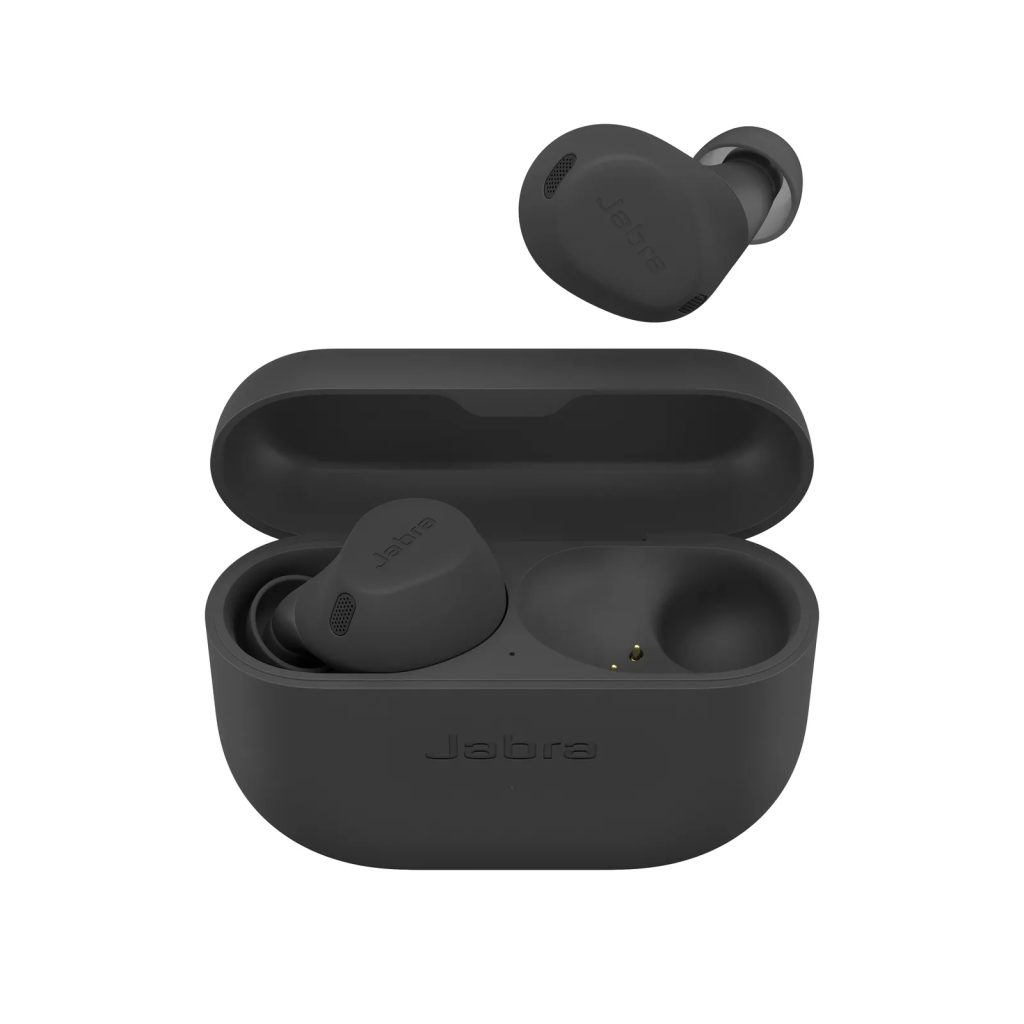
Staying Up-to-Date with Jabra Updates
Keeping your Jabra earbuds updated is key to ensuring the best performance and access to the latest features. Firmware updates can enhance existing functionalities and even introduce new capabilities.
Regularly Checking for Firmware Updates
The Jabra Sound+ app will typically notify you when a firmware update is available. It’s crucial to keep your earbuds updated to prevent any potential bugs and to benefit from improvements. Updates can include tweaks to sound quality, battery life optimization, and improved connectivity. It’s a simple process: just follow the in-app instructions to download and install the latest firmware.
Leveraging Jabra’s Customer Support
If you encounter any issues that you can’t resolve through troubleshooting, Jabra’s customer support team is available to assist. Their expertise can help you with technical difficulties, warranty claims, or any questions about your earbuds’ features and functionalities. This support system ensures that any disruptions in your listening enjoyment are swiftly addressed.
Future-Proofing Your Investment
Purchasing Jabra earbuds is an investment in high-quality audio. To ensure longevity and ongoing satisfaction with your product, consider how to future-proof your earbuds.
Protecting Your Earbuds
Physical care of your Jabra earbuds is essential. Store them in their protective case when not in use to avoid damage, and keep them clean from earwax and debris to maintain sound quality. Use the proper ear tips to avoid undue strain on your ears and the earbuds themselves.
Staying Informed on Advancements
Stay connected with Jabra through their website, app, and newsletters to keep informed about new product launches or advancements in earbud technology. Being aware of the latest trends and updates can help you decide when it’s time to upgrade to the latest model, ensuring you always have the best audio experience available.
Connecting with Confidence
Pairing your Jabra earbuds with your device is the gateway to high-quality sound and a seamless listening experience. By following these detailed instructions, you should now feel confident about connecting your Jabra earbuds to your device, troubleshooting any issues that arise, and customizing settings for your listening pleasure. Remember to use the Jabra Sound+ app to its full potential and keep your earbuds in top condition with regular maintenance. With everything set up correctly, you can enjoy the freedom and convenience of wireless audio with the superb sound quality that Jabra is known for.

